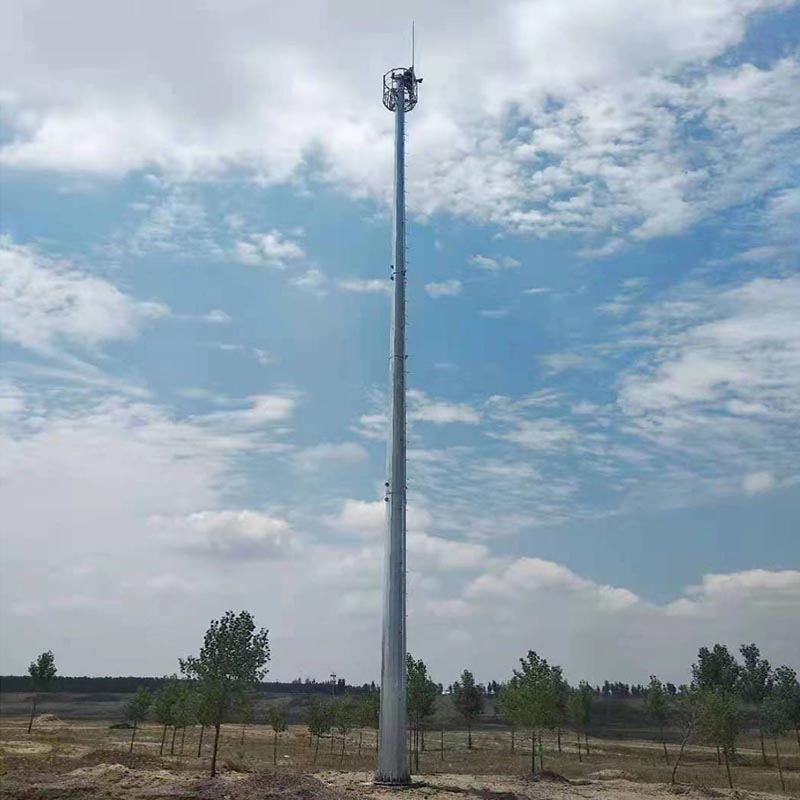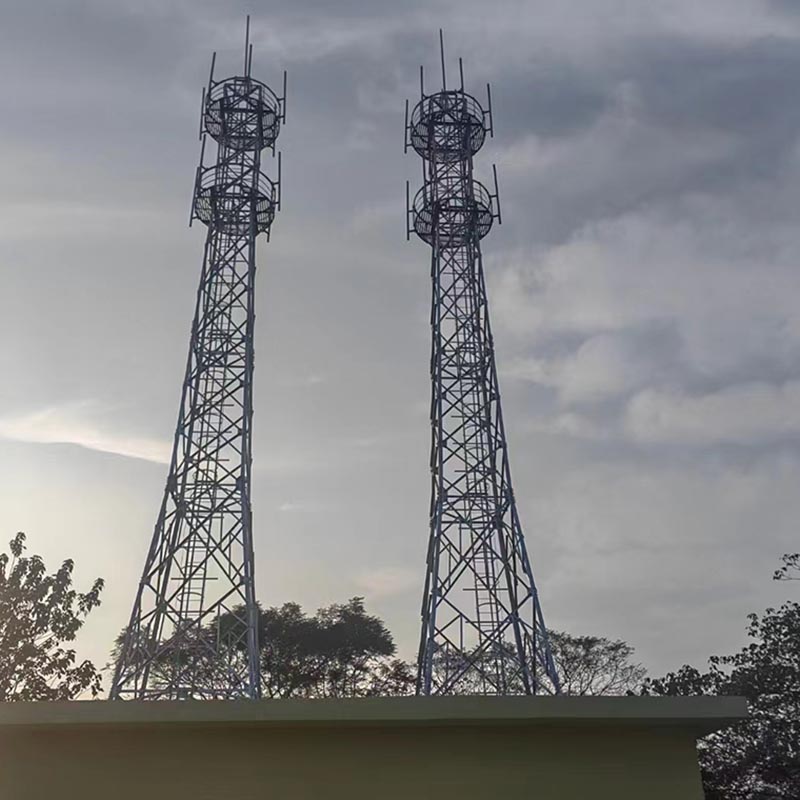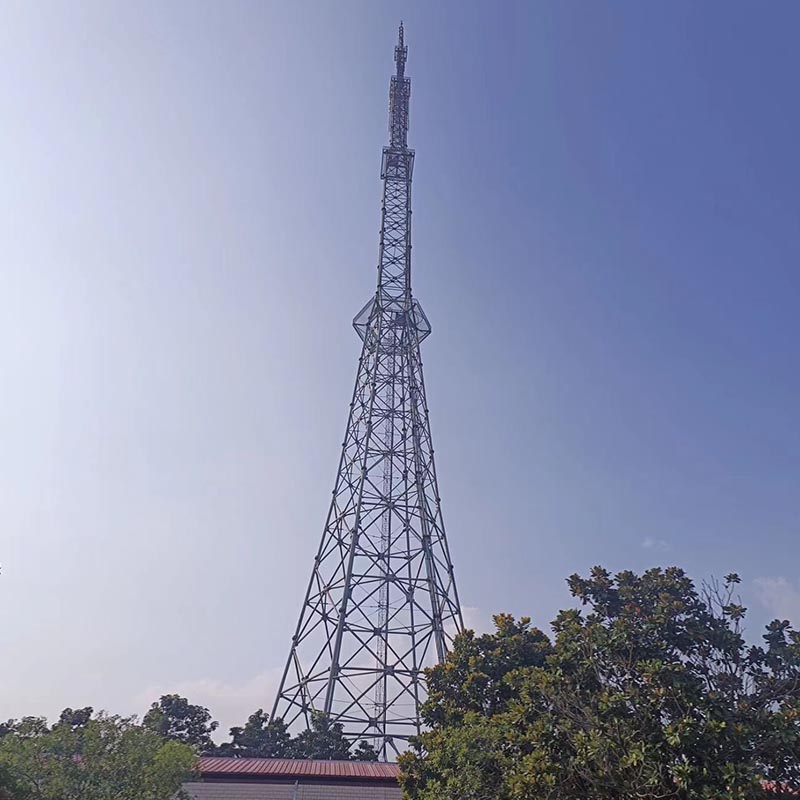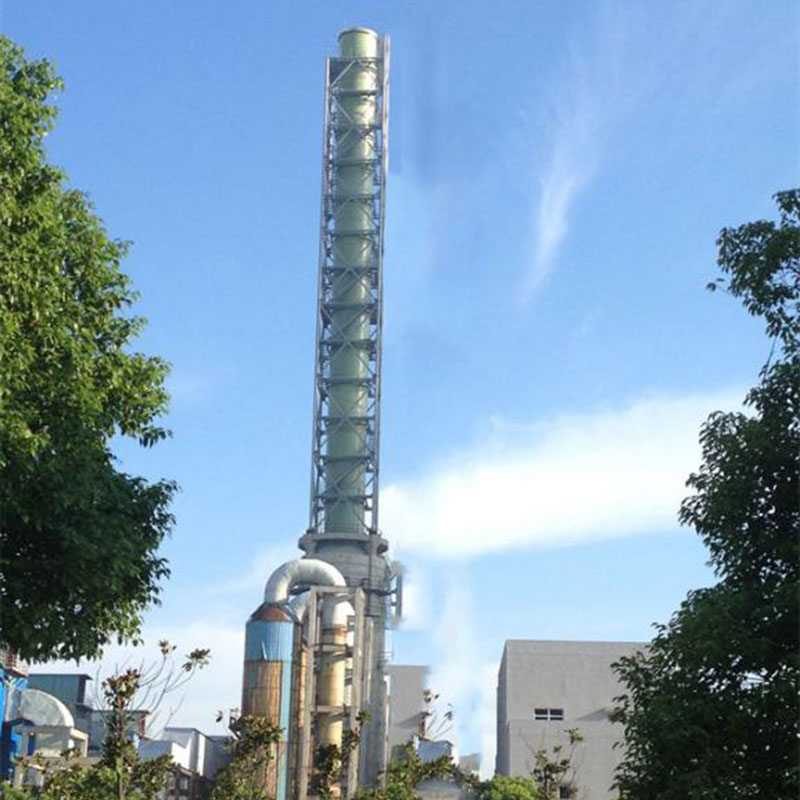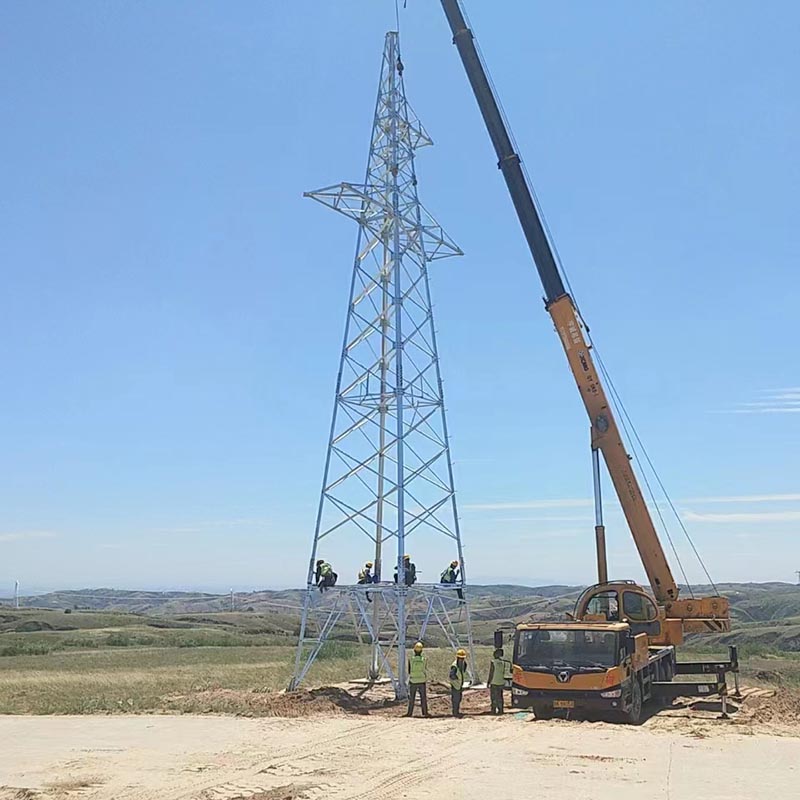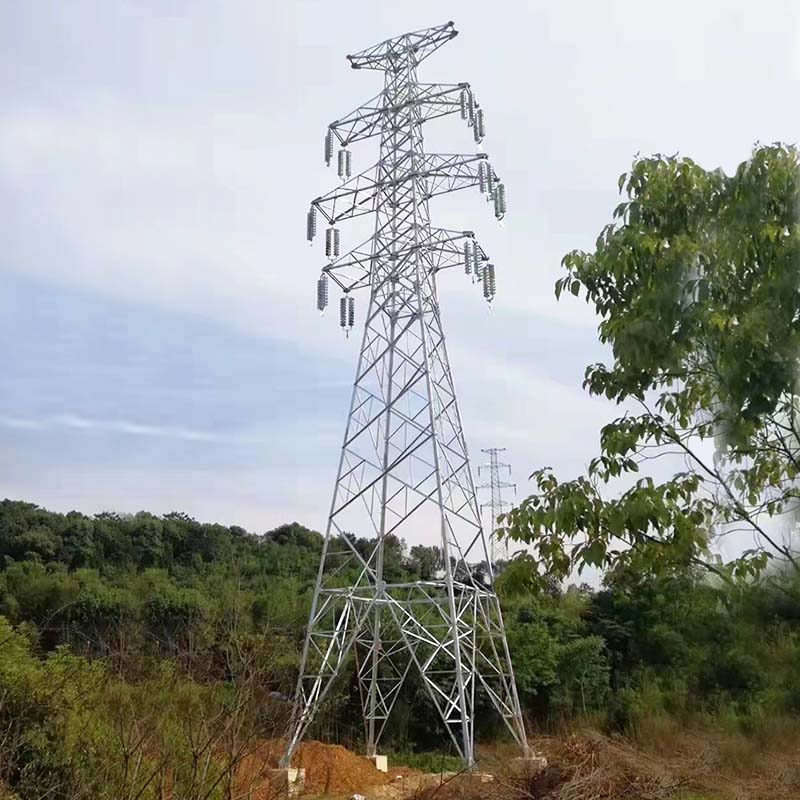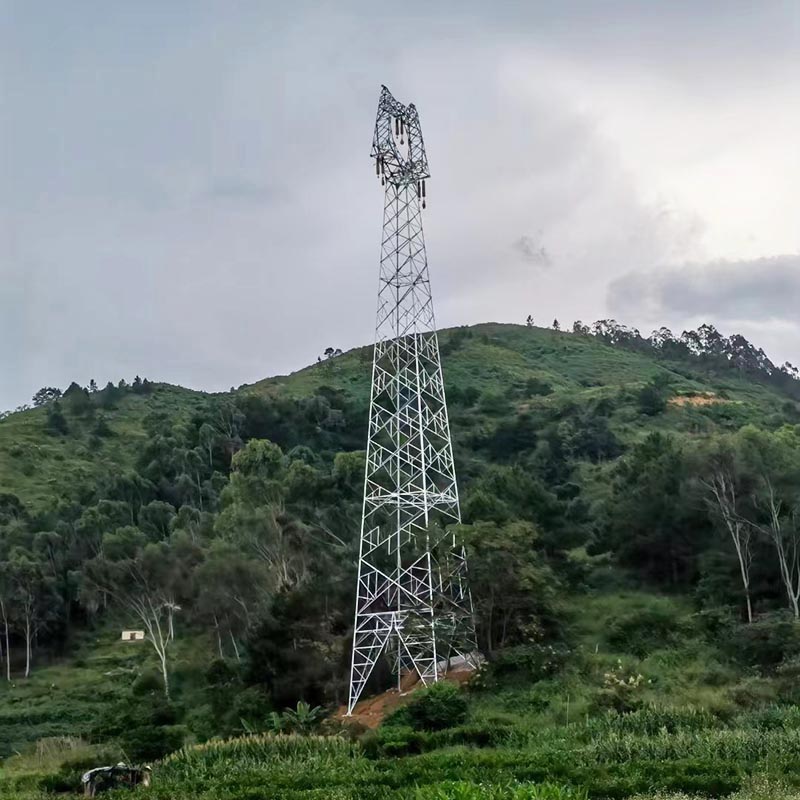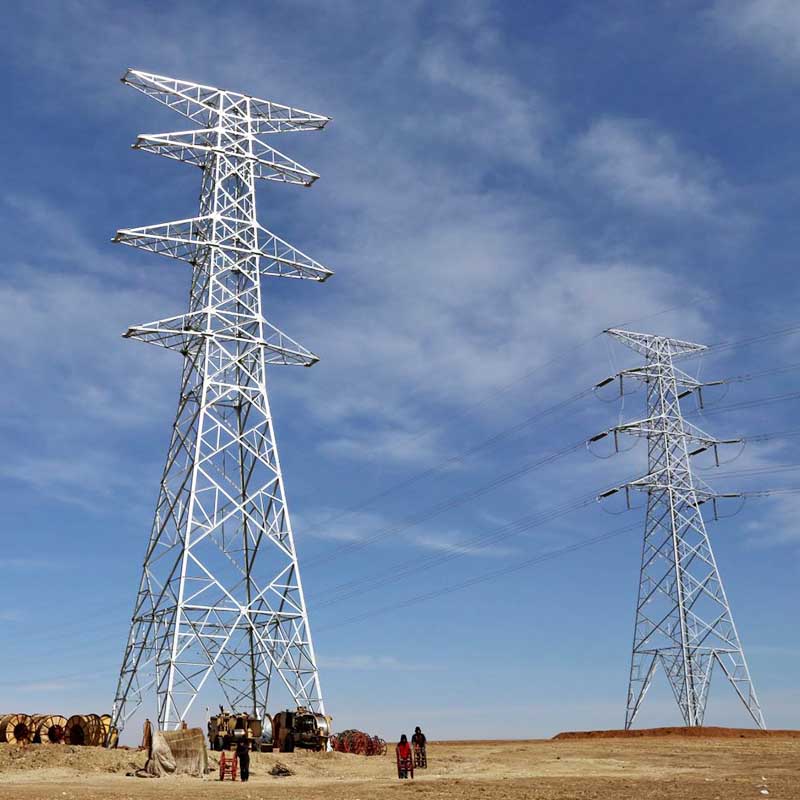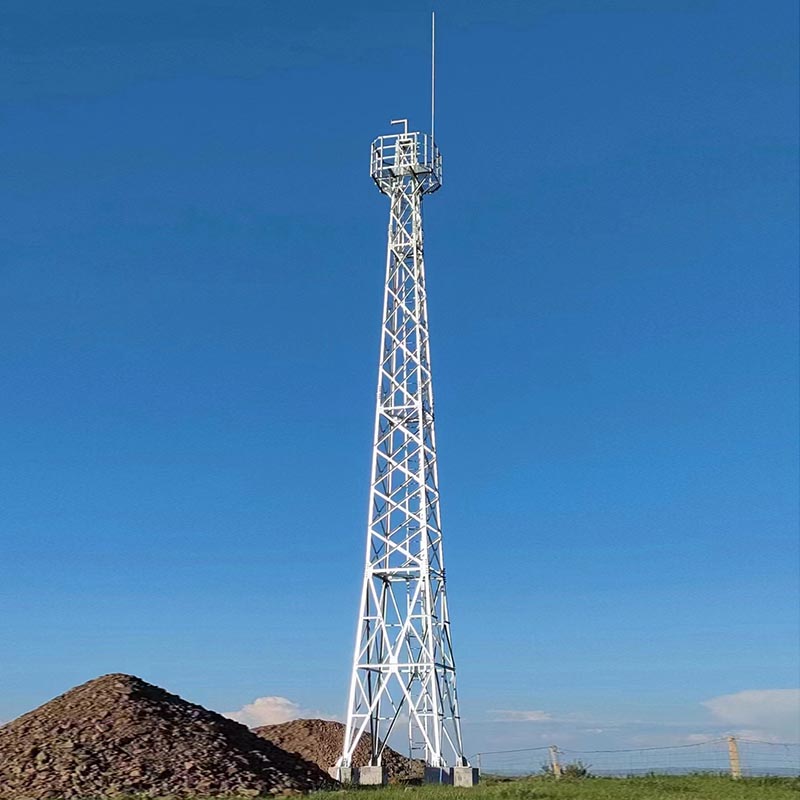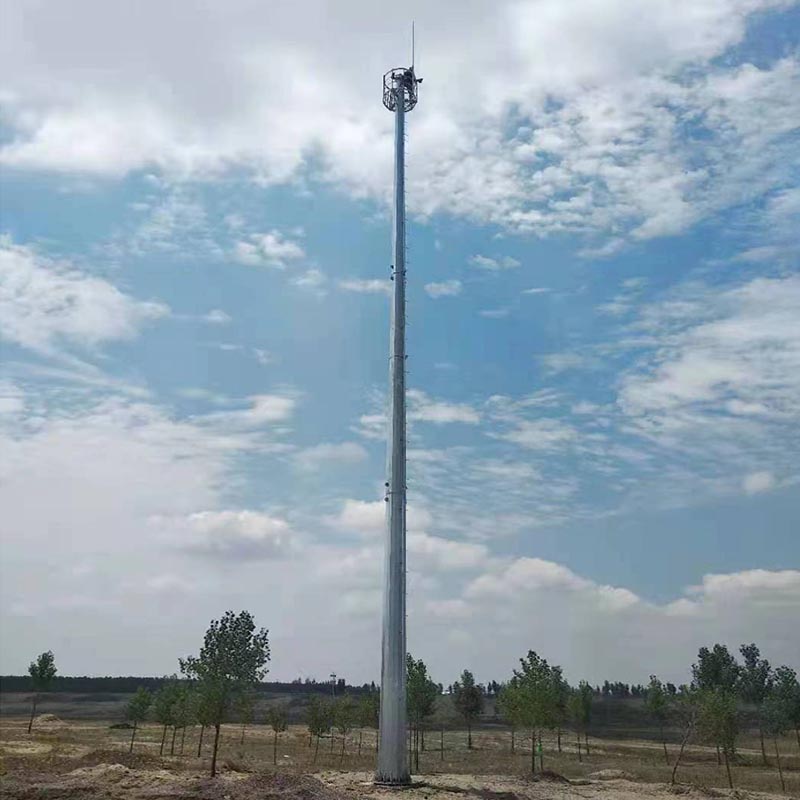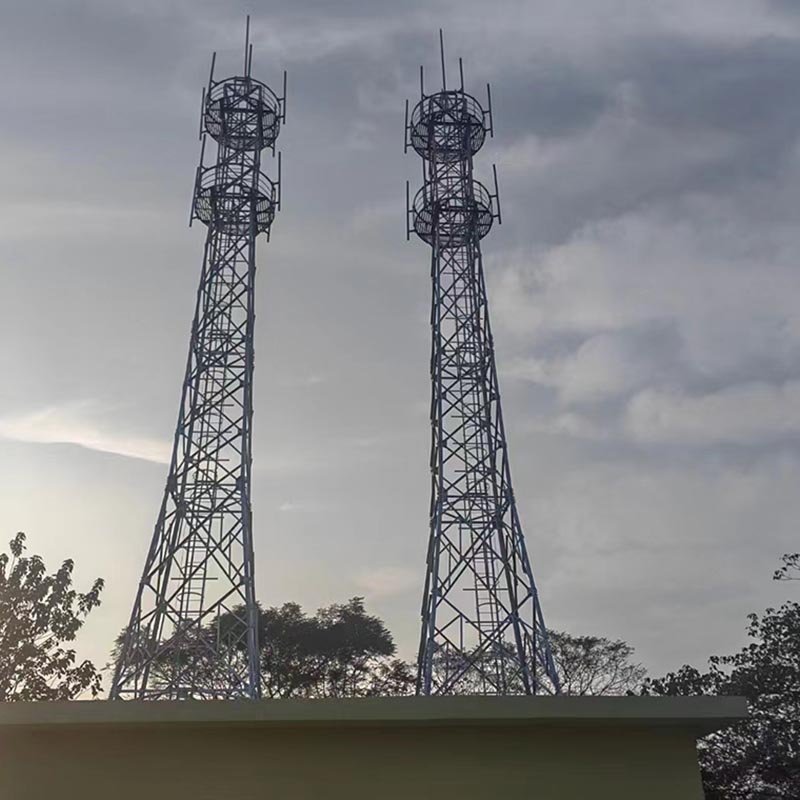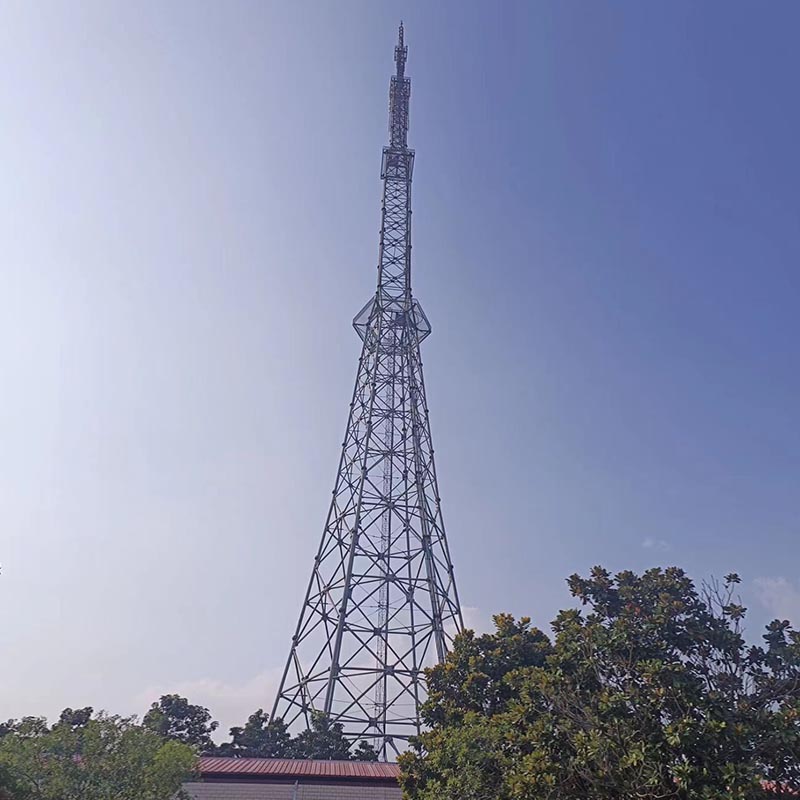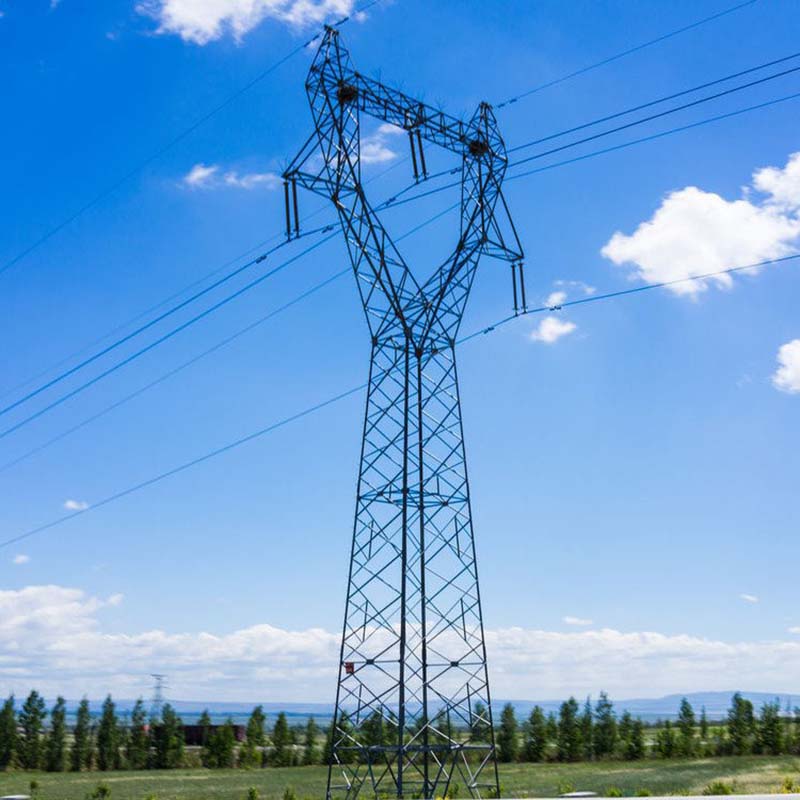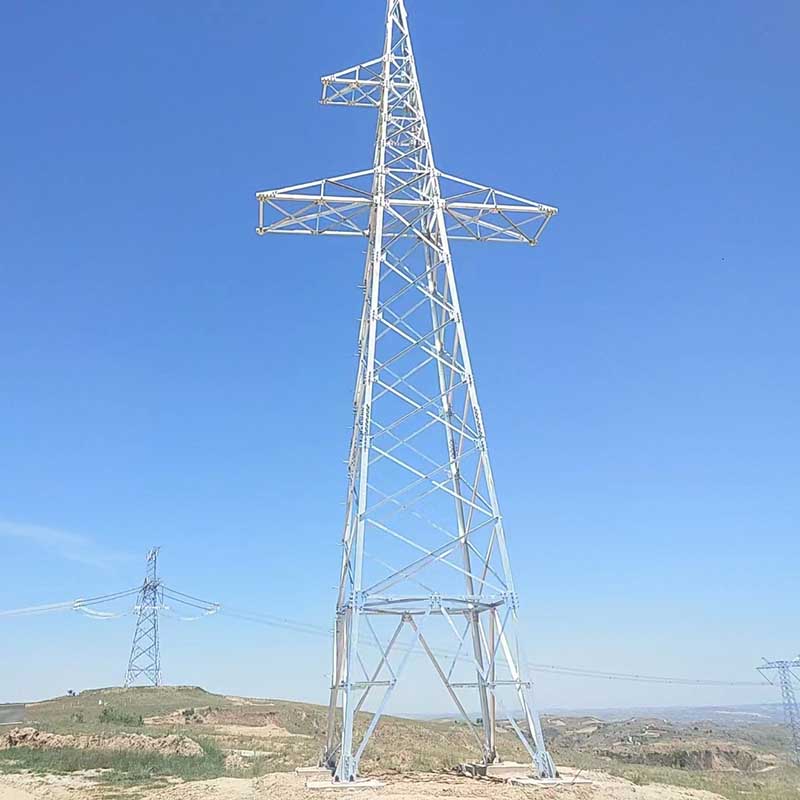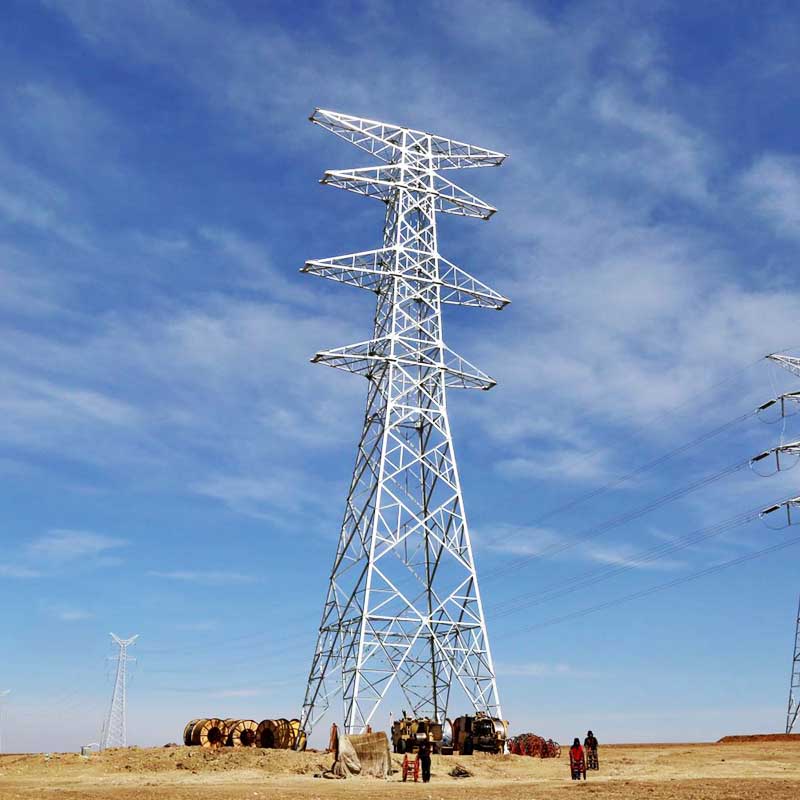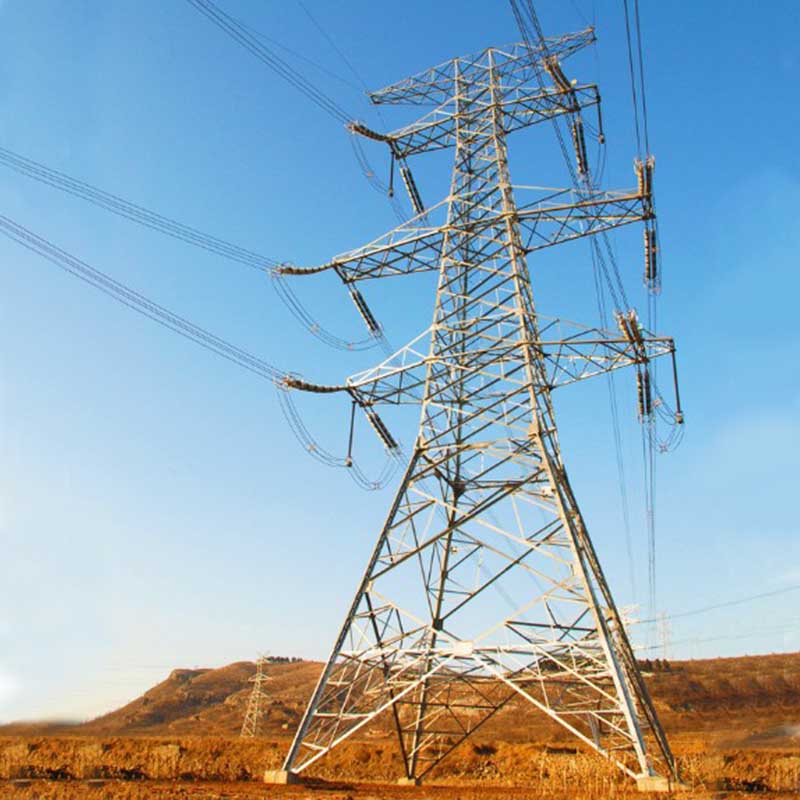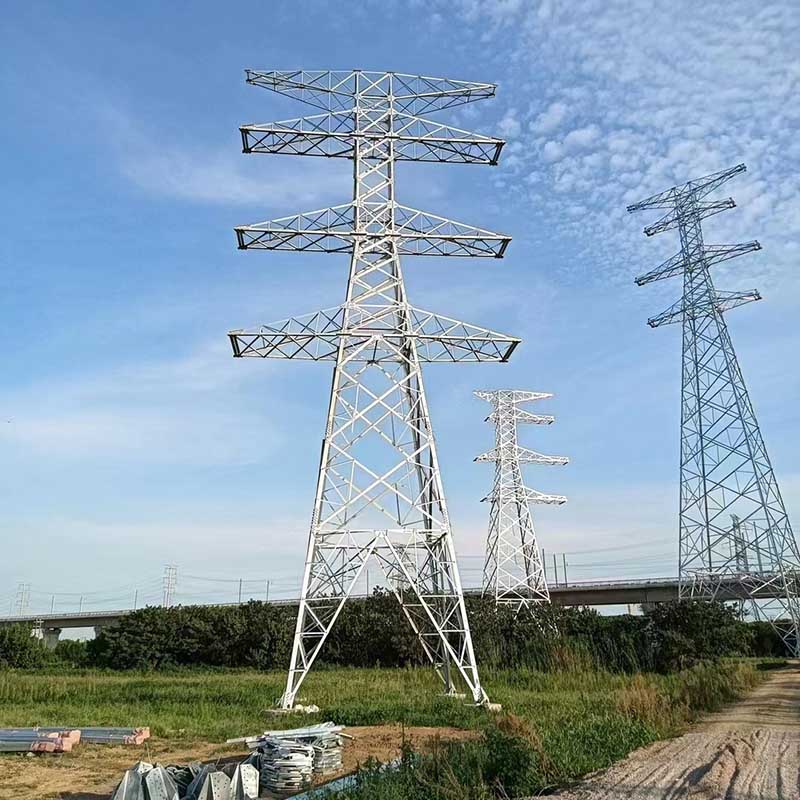 English
English Español
Español  Português
Português  русский
русский  Français
Français  日本語
日本語  Deutsch
Deutsch  tiếng Việt
tiếng Việt  Italiano
Italiano  Nederlands
Nederlands  ภาษาไทย
ภาษาไทย  Polski
Polski  한국어
한국어  Svenska
Svenska  magyar
magyar  Malay
Malay  বাংলা ভাষার
বাংলা ভাষার  Dansk
Dansk  Suomi
Suomi  हिन्दी
हिन्दी  Pilipino
Pilipino  Türkçe
Türkçe  Gaeilge
Gaeilge  العربية
العربية  Indonesia
Indonesia  Norsk
Norsk  تمل
تمل  český
český  ελληνικά
ελληνικά  український
український  Javanese
Javanese  فارسی
فارسی  தமிழ்
தமிழ்  తెలుగు
తెలుగు  नेपाली
नेपाली  Burmese
Burmese  български
български  ລາວ
ລາວ  Latine
Latine  Қазақша
Қазақша  Euskal
Euskal  Azərbaycan
Azərbaycan  Slovenský jazyk
Slovenský jazyk  Македонски
Македонски  Lietuvos
Lietuvos  Eesti Keel
Eesti Keel  Română
Română  Slovenski
Slovenski  मराठी
मराठी  Srpski језик
Srpski језик
Power Metal Bridge
The main purpose of power metal bridges is to support and fix the conductors of high-voltage or ultra-high-voltage transmission lines to ensure that electric energy can be transmitted safely and stably to various regions.
Send Inquiry
The main purpose of power metal bridges is to support and fix the conductors of high-voltage or ultra-high-voltage transmission lines to ensure that electric energy can be transmitted safely and stably to various regions. Specifically, power towers have the following functions:
1. **Support Wires**: Power metal bridges are towering into the sky. One of their main functions is to support wires so that they can cross rivers, mountains, roads and other obstacles to achieve long-distance power transmission.
2. **Ensure safe distance**: The design of the power metal bridge takes into account the safe distance between the conductors and the ground and surrounding objects to prevent potential safety hazards such as electric shock or short circuit caused by the conductors being too low or close to other objects.
3. **Improve power transmission efficiency**: Power metal bridges adopt reasonable structural design and material selection to reduce energy loss during power transmission and improve power transmission efficiency.
4. **Adaptable to various environments**: Power metal bridges can adapt to various complex environments, such as strong winds, severe cold, high temperatures and other harsh climatic conditions, as well as the test of natural disasters such as earthquakes and mudslides, ensuring the stable operation of the power system.
5. **Convenient maintenance and inspection**: The design of the power metal bridge also takes into account the convenience of maintenance and inspection, allowing staff to easily conduct line inspection and repair work.
In summary, power metal bridges play a vital role in the power system and are key facilities to ensure safe and stable transmission of electric energy.

